Manipulating pure reverb exports
One of the best ways to manipulate a reverb signal is using it in its 100% wet form. Here we'll export the reverb in isolation, edit and reprocess it
Working with 100% wet effects signals is a great way of creating new and original sounds. One way to do this is to set up a traditional return buss with a heavy reverb effect inserted. The output of this return can then be exported to produce the pure reverb signal.
In this walkthrough you'll see this technique achieved in six easy steps. Everything from creating the basic reverb return, exporting it, re-importing it, and then mixing the final results are covered. Some basic manipulation, including reversing and basic processing, are also touched on. The final result here is a reverse rise that is created using a pure reverb tail. The rest of the reverb signal is also transformed into a rhythmical soundscape using tremolo and auto-pan. Of course, the results you achieve will probably be completely different, but this should give you a good place to start, and give you the basic technique you'll need to create your own effects. Try the same process using delay and distortion for lo-fi echo-based textures.
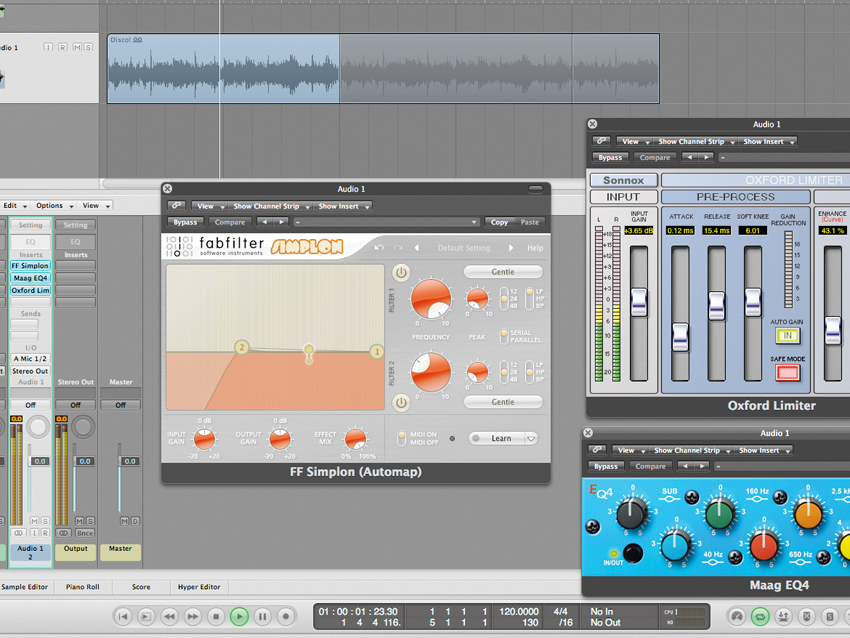
1. What you are aiming for here is a section of 100% wet reverb signal to edit and process. To get to this point you'll need choose a source toprocess, and then ensure you are able to export just the wet processed signal produced. In this case a drum loop will be used.
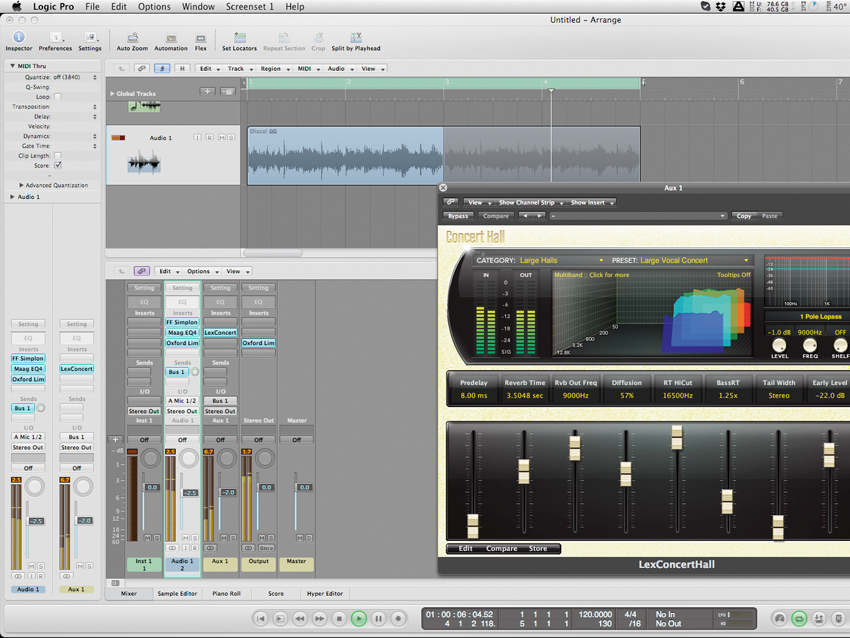
2. Now set up a basic send and return routing. The way you do this will differ from one DAW to another, but generally it's a very straightforward process. Now send a healthy amount of your dry signal to the reverb return. You should hear a mixture of the dry and wet at this point.
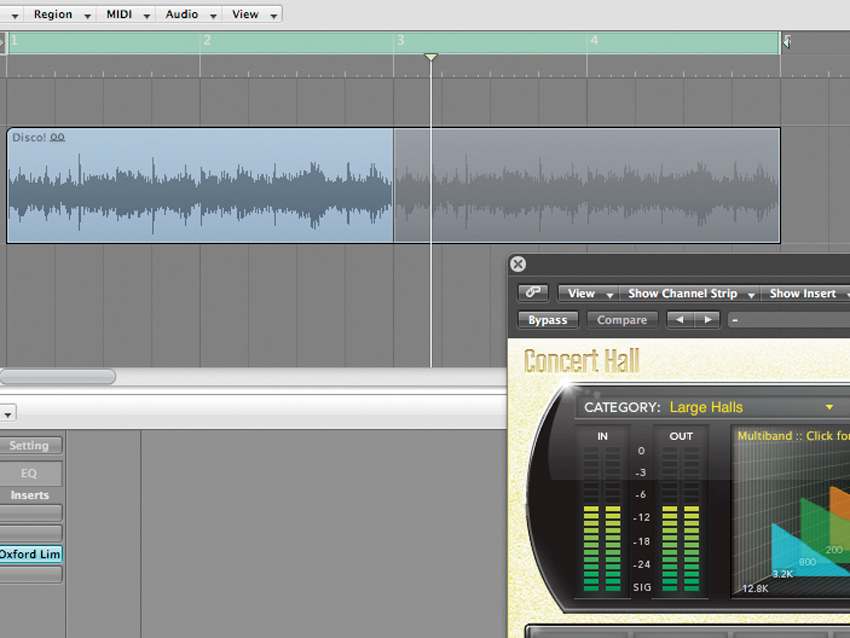
3. Now re-import the 'verb back into a fresh track in your DAW. If the new audio is isolated you should hear no dry signal. This is the 100% wet reverb we will be working with. This sort of audio is extremely flexible and can be really useful in any genre.
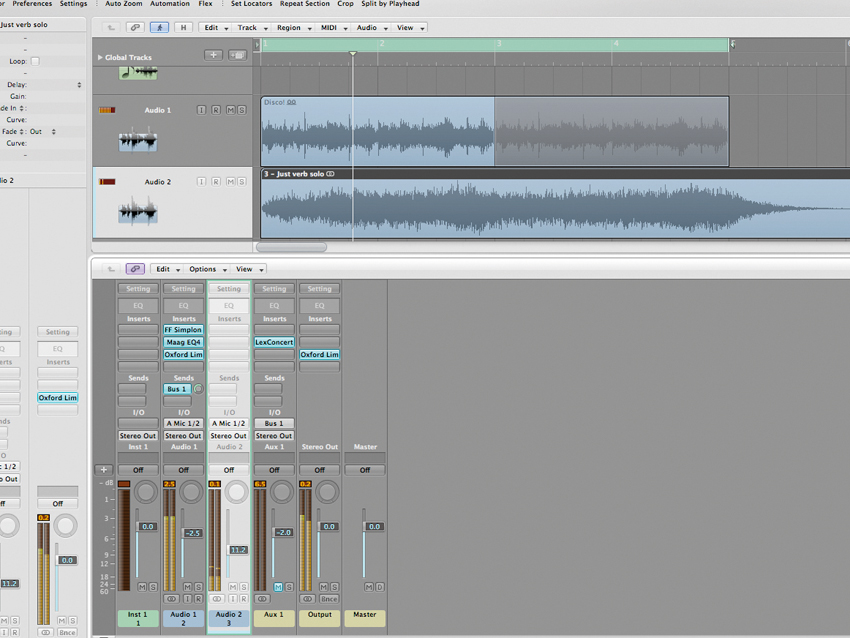
4. You should now be able to mute the original reverb unit and mix the two streams of audio to create the same reverb mix that you started with. Once you're at this stage, you are ready to start using the wet mix to create new edited parts.
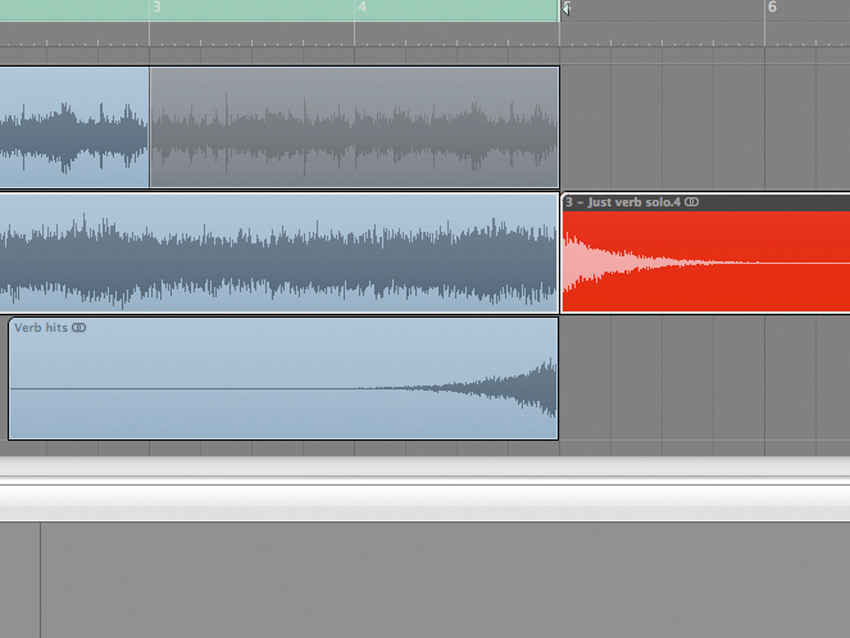
5. A solid use of the wet reverb is in the creation of reverse effects. Cut off the 'tail' of the wet reverb effect and move it to a new track. Now reverse this audio and use it to introduce new instruments and sections of your tracks.
Get the MusicRadar Newsletter
Want all the hottest music and gear news, reviews, deals, features and more, direct to your inbox? Sign up here.
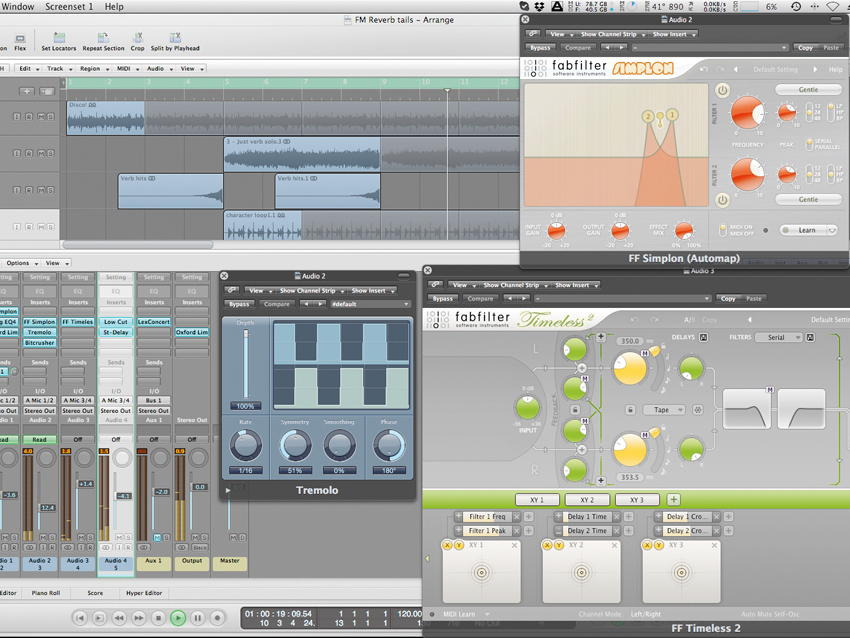
6. You can also add extra processing to your new parts like delay and more reverb. You can also try using the main reverb section to create new effects. Here, tremolo was used to modulate the reverb part and a new rhythmical soundscape was produced.
Future Music is the number one magazine for today's producers. Packed with technique and technology we'll help you make great new music. All-access artist interviews, in-depth gear reviews, essential production tutorials and much more. Every marvellous monthly edition features reliable reviews of the latest and greatest hardware and software technology and techniques, unparalleled advice, in-depth interviews, sensational free samples and so much more to improve the experience and outcome of your music-making.










